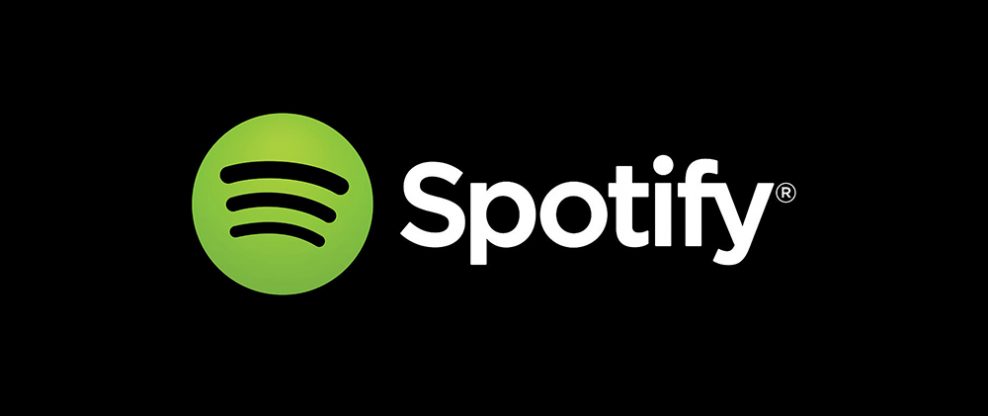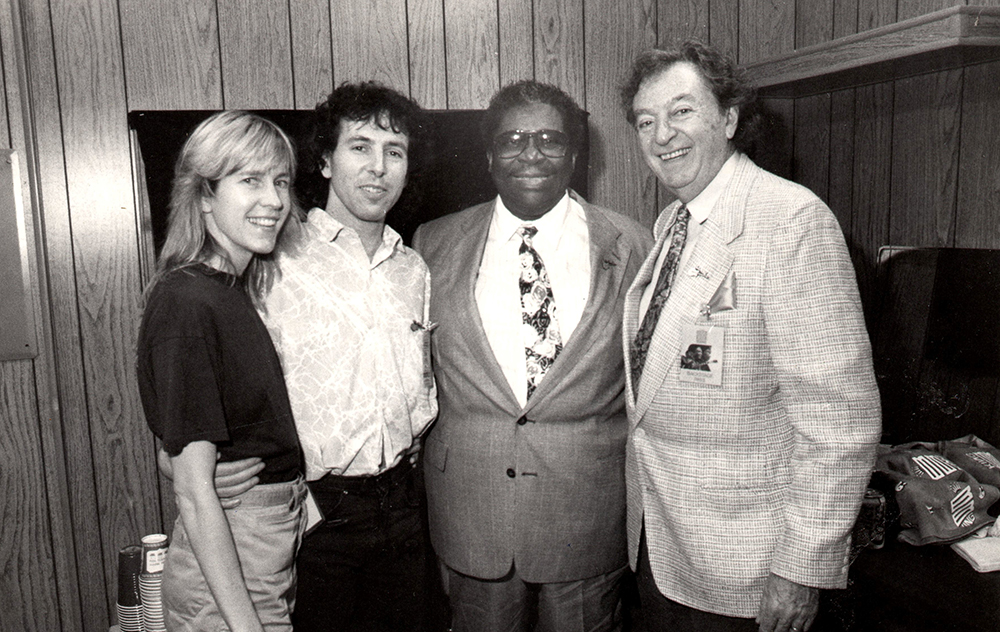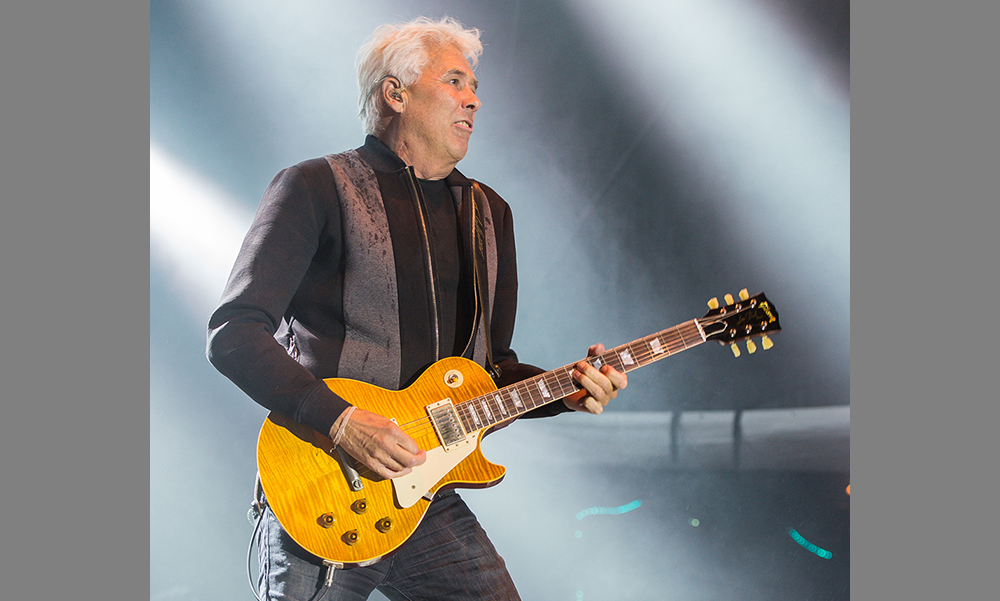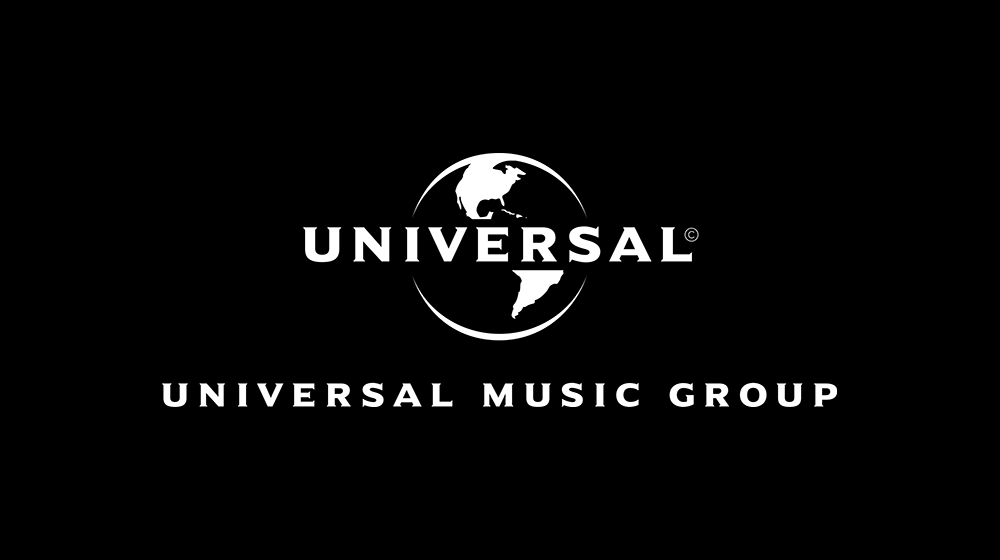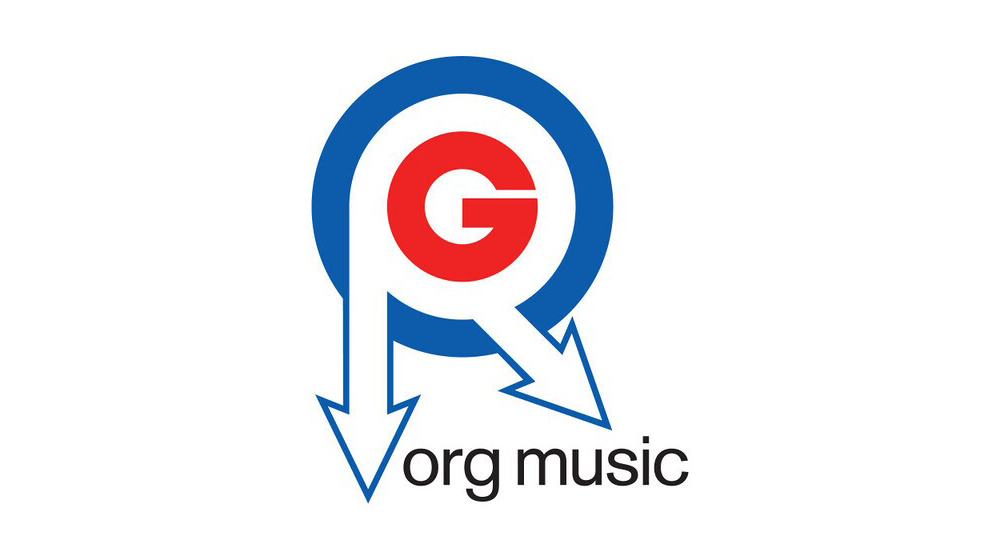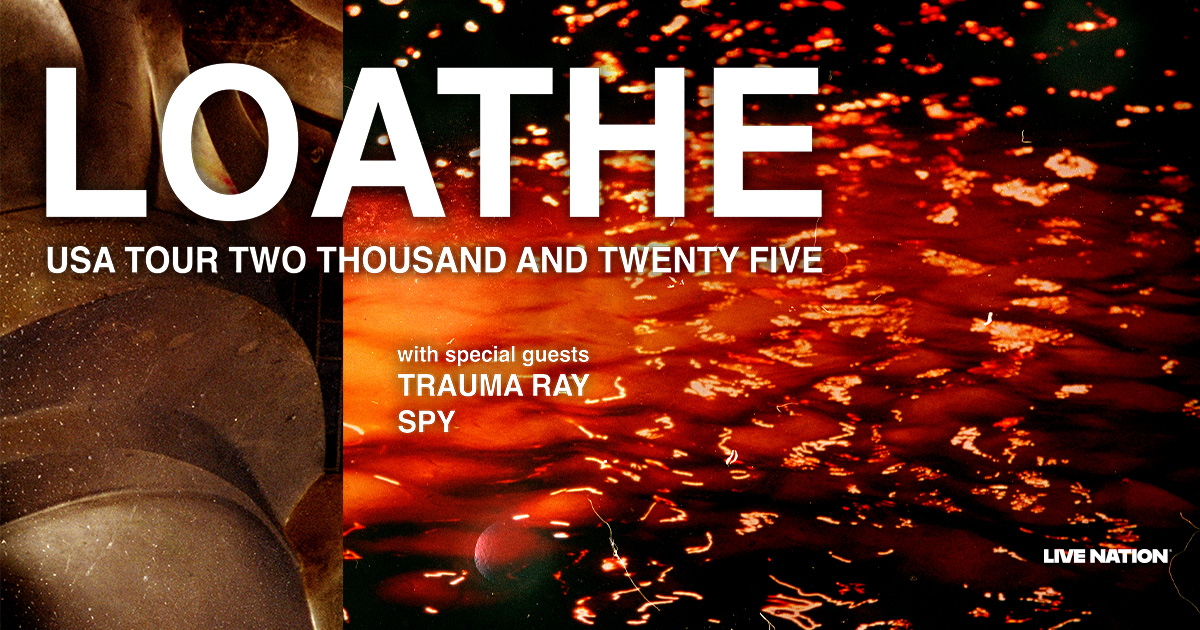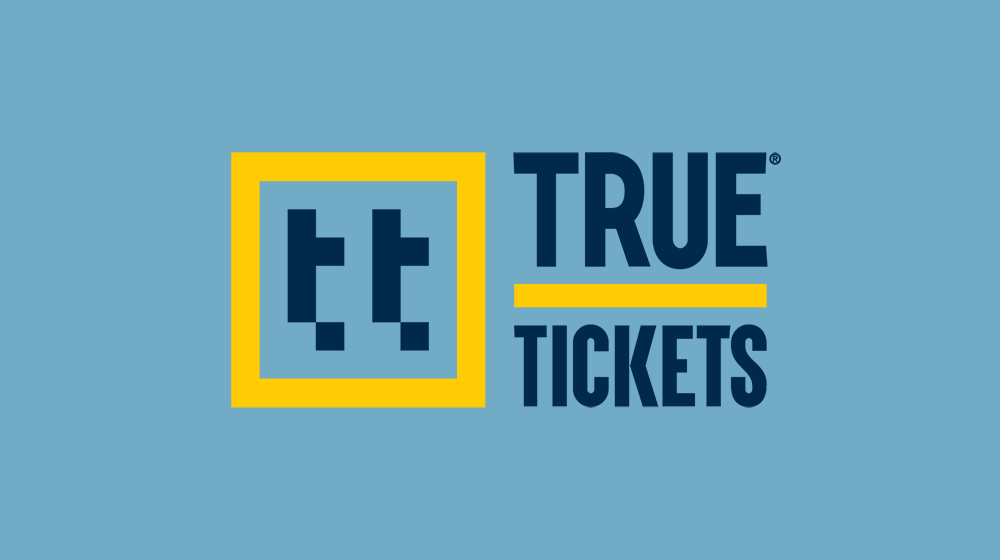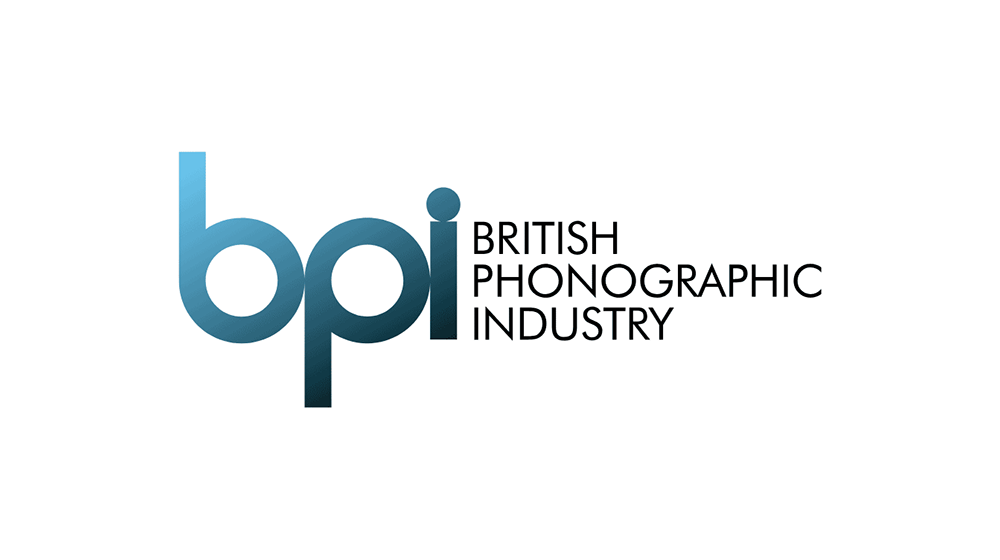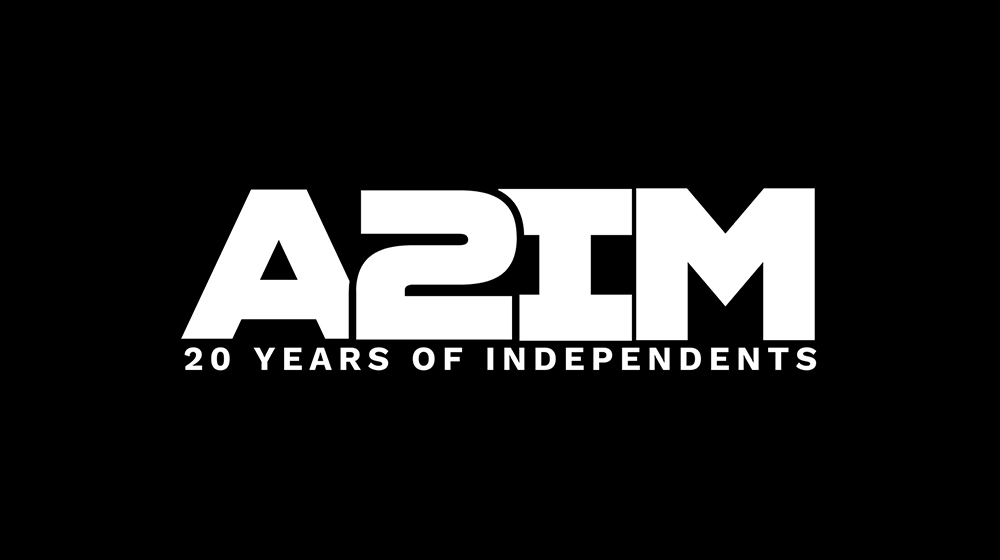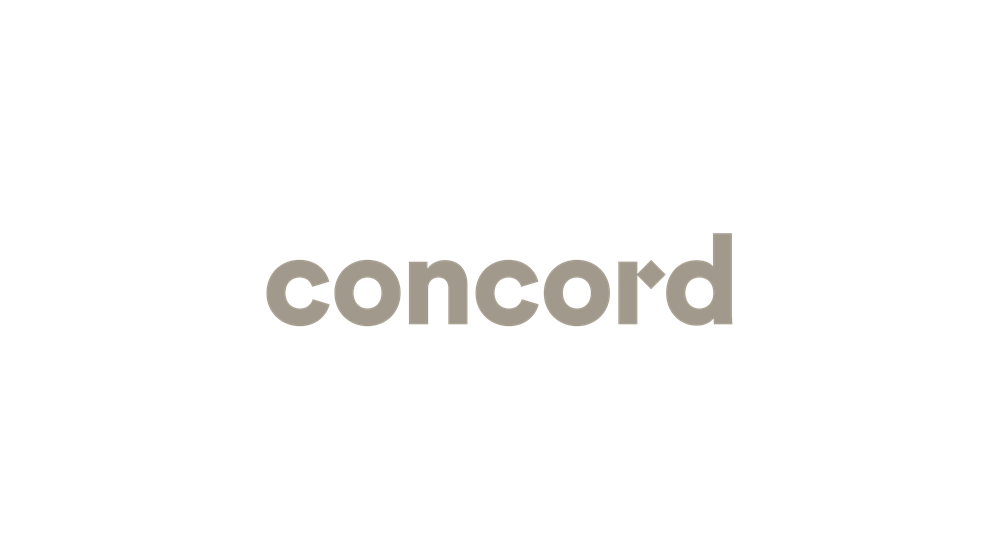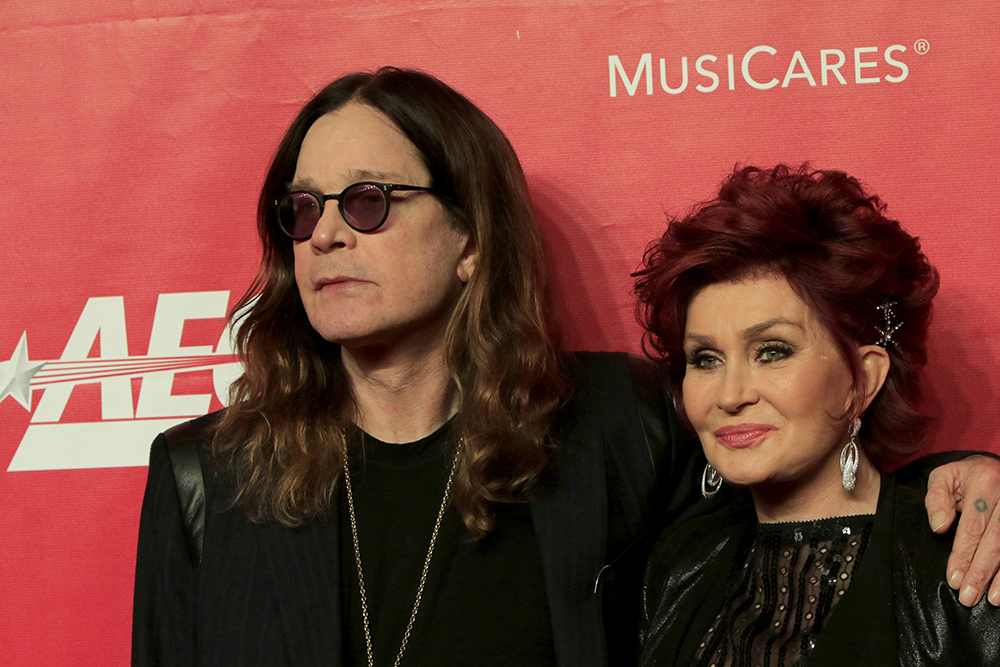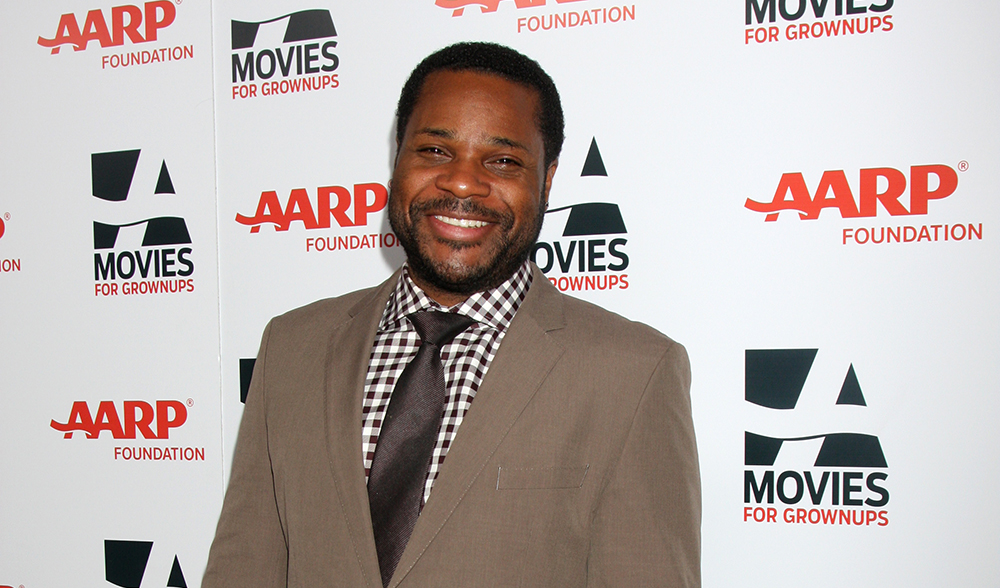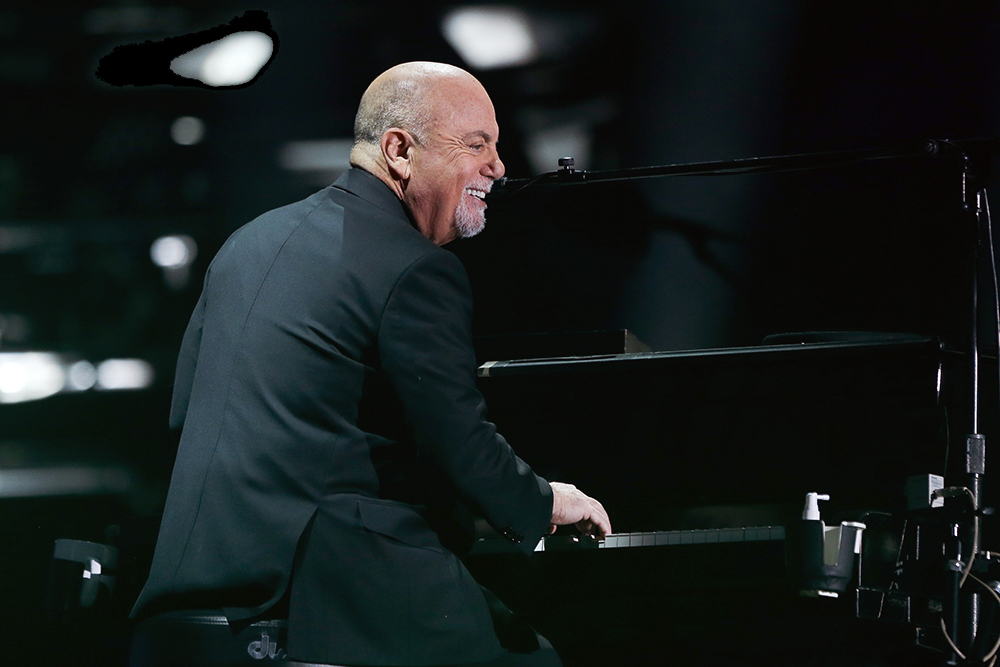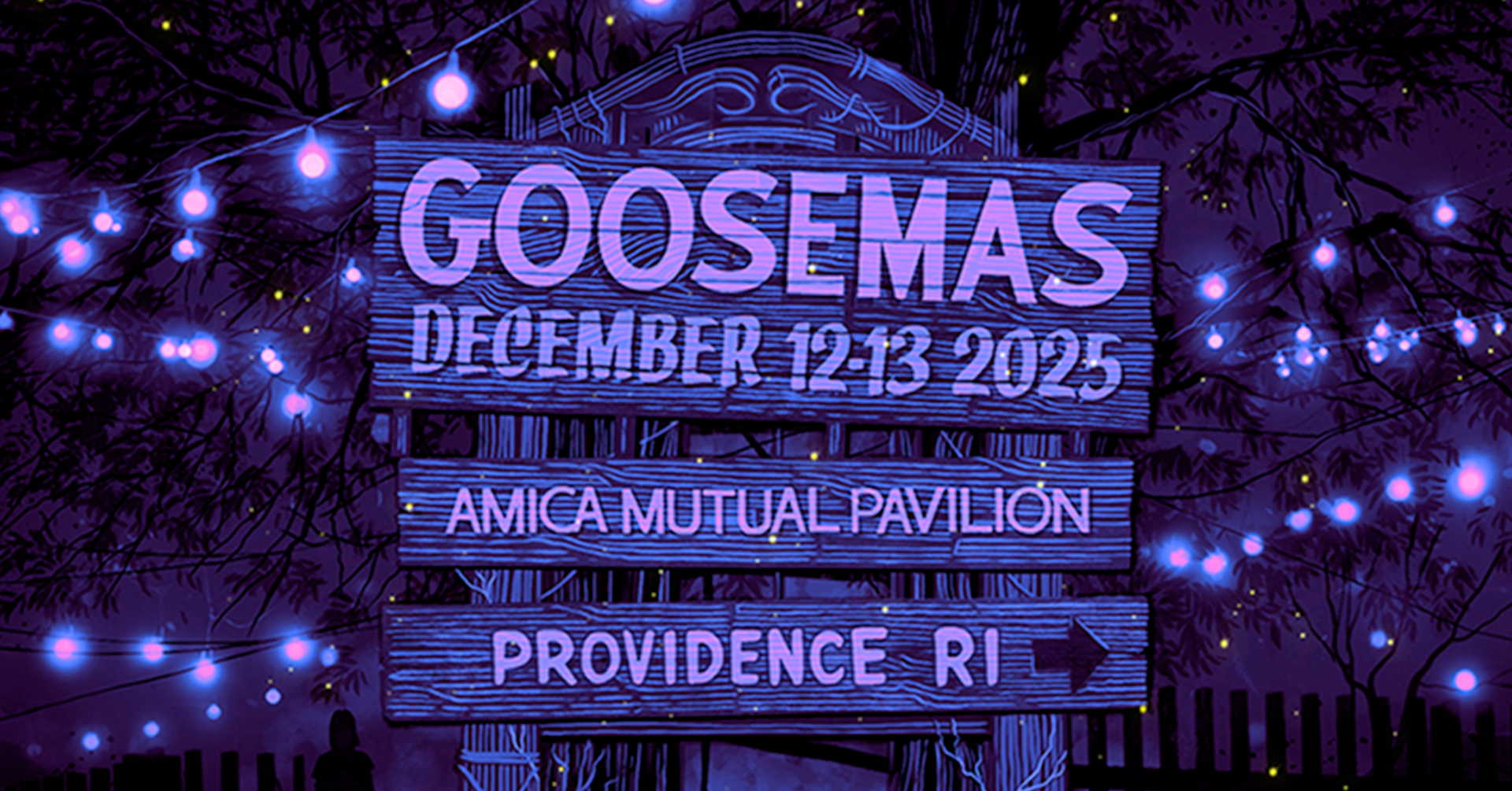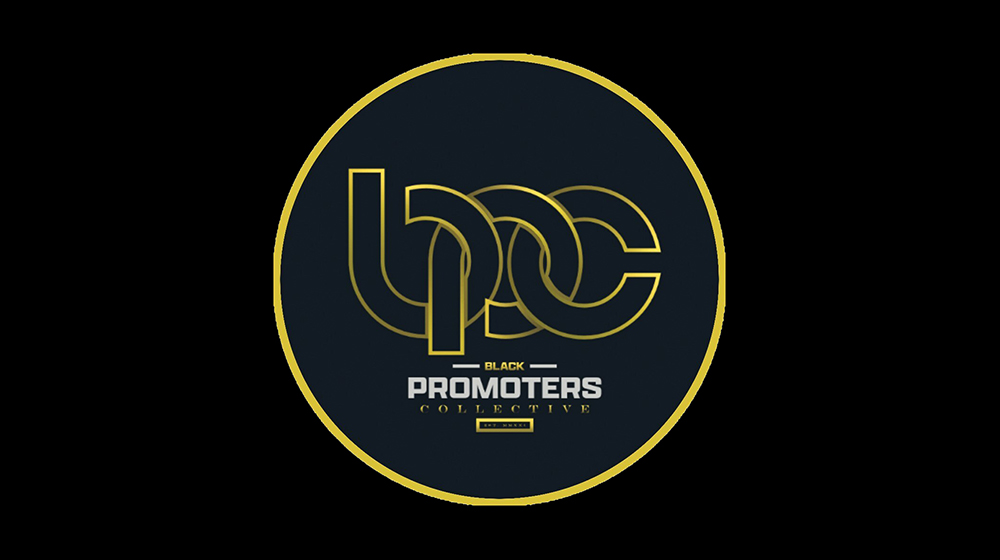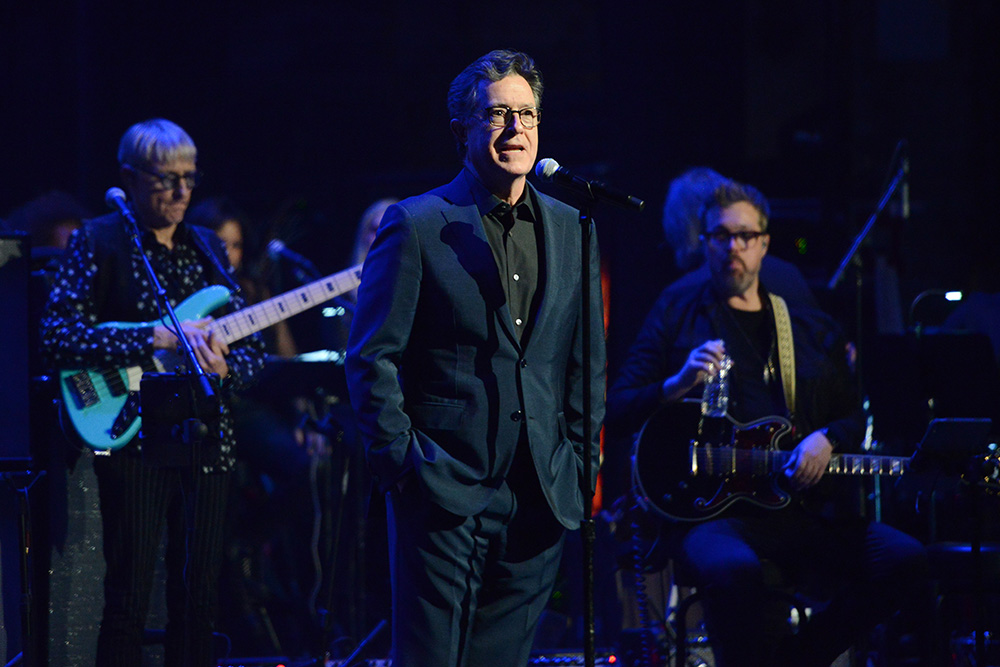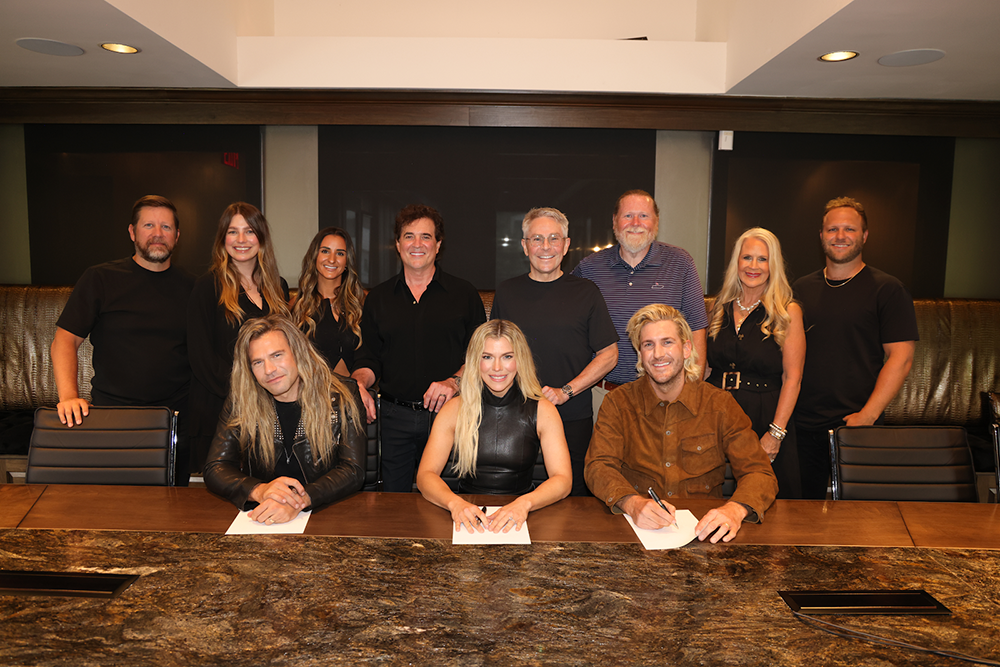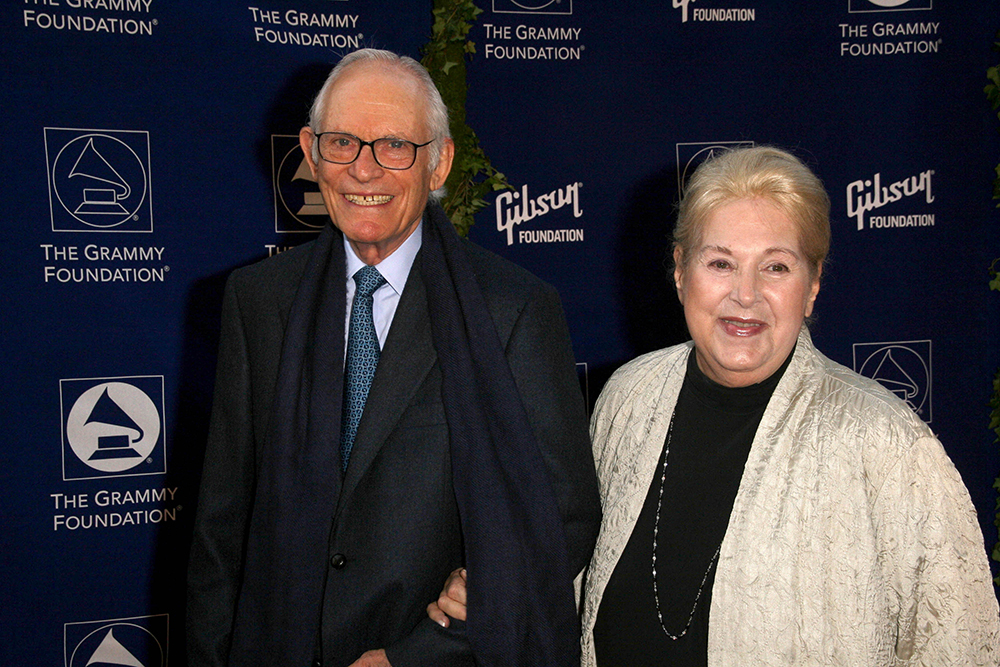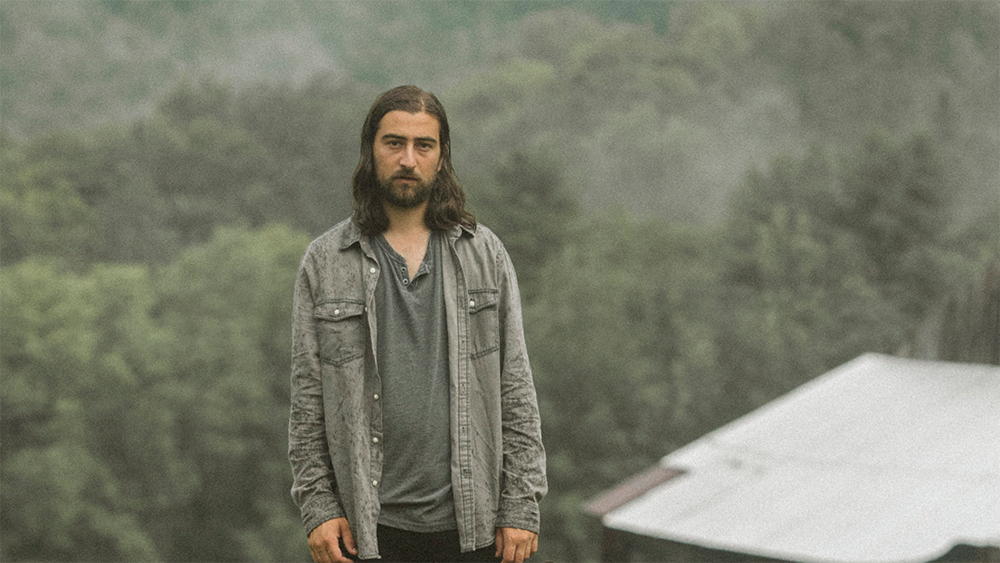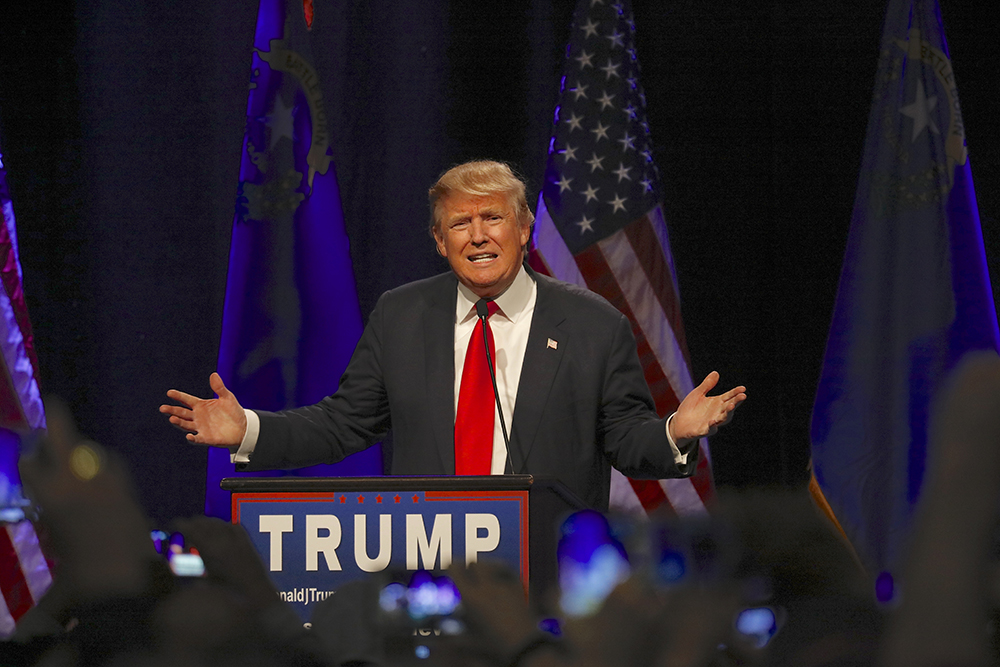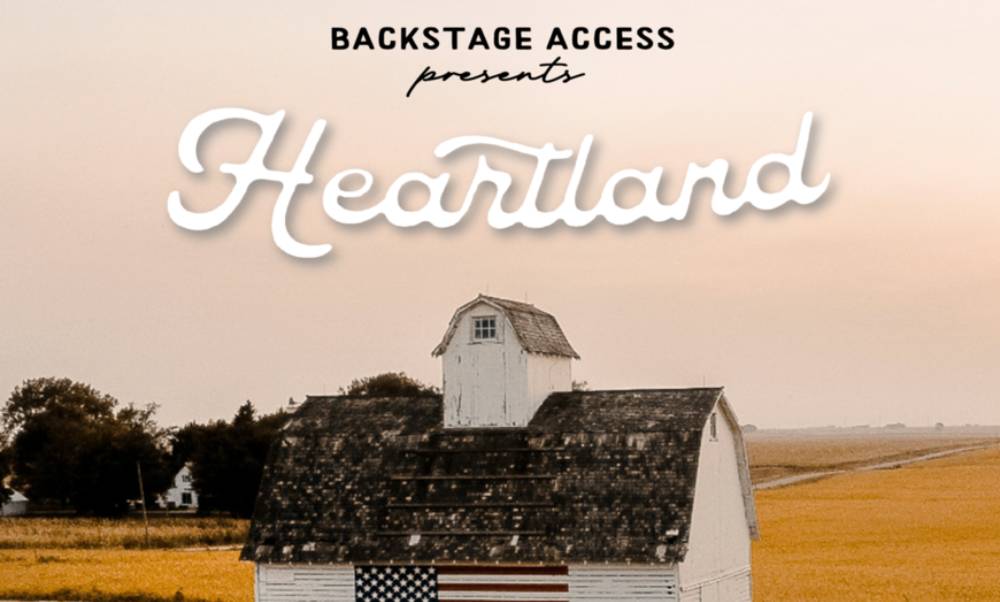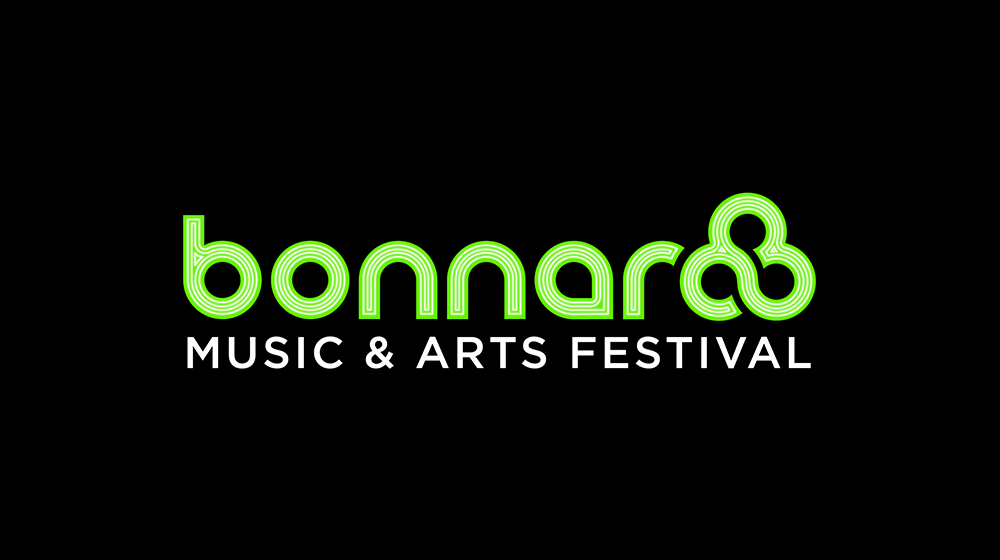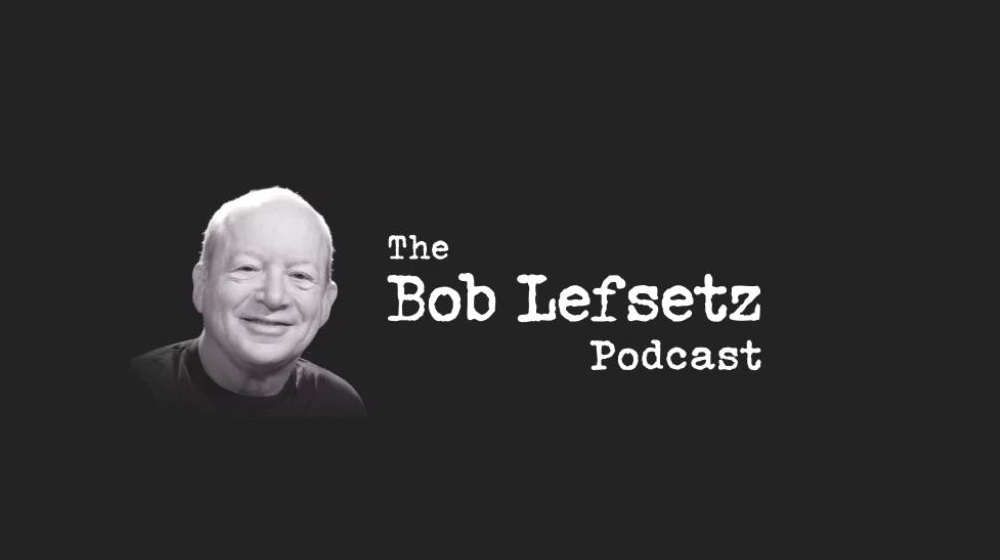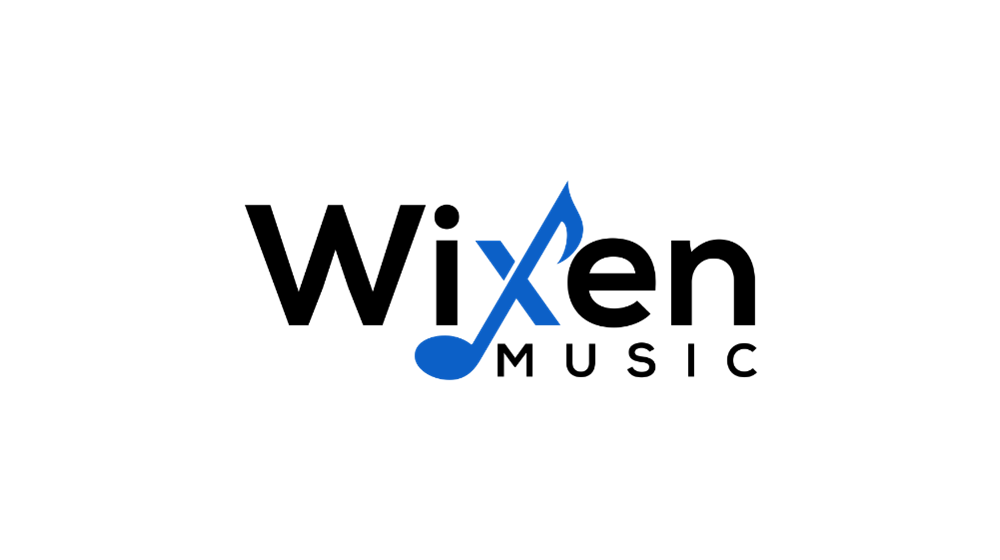(Hypebot) — The Spotify 1000 stream rule has stripped artists of $47 million in royalties, according to Disc Makers CEO Tony van Veen. After Hypebot published this article a Spotify spokesperson reached out to rebut some of the data.
We have published Spotify’s statement in full at end of this article
Did the Spotify 1000 Stream Rule Cost Artists $47 Million? + Spotify Responds
by Tony van Veen via Disc Makers Blog
Making money is important to any artist — but it’s even more crucial for independent artists like you. Luminate — the company formerly known as Nielsen Soundscan —came out with their 2024 state of the music industry report, and the results were compelling.
In this article, we’ll explore the data that is of particular interest to independent artists who get their music on Spotify. And, we’ll answer this question: How much in royalties earned by independent artists in 2024 did Spotify NOT pay out to you?
Spotify royalties and how they work
As you undoubtedly remember, in late 2023, Spotify announced that it was going to stop paying royalties on all tracks that had less than 1,000 streams. Now, we have 2024 streaming data available.
As a musician, numbers may not be the most exciting thing for you, but follow along, because the results are really interesting.

Let’s start here: this big black triangle represents all the tracks on Spotify – 202,200,000 to be exact.
Now, let’s break down this pyramid into sections representing how many streams the tracks had. Starting with the tiniest tippy top of the pyramid, almost invisible – that’s how many tracks had over 1 billion streams. Turns out, there’s only 33 tracks with a billion streams or more, representing .00002% of the total number of tracks on Spotify.
Next up, tracks with between 1 million and one billion streams. There are 492,000, or about 0.25% of the total.
For tracks with 100,000 to a million streams, there are 2.1 million tracks representing roughly 1% of all tracks on Spotify.
And, for the last bucket of tracks that monetize – those with 1,000 to 100,000 streams – there are 24.1 million of those on Spotify, representing close to 12% of the total tracks on the platform.
The rest of this pyramid – the black hole of streaming tracks, so to speak – represents tracks with under 1,000 streams that don’t monetize. If you do the math, that’s 175.5 million tracks, or almost a whopping 87% of all tracks on Spotify.
Let that sink in for a second. Since Spotify implemented their rule that tracks under 1000 streams won’t monetize, they have effectively demonetized 87% of ALL the tracks on the platform.

Now, to figure out what that means in terms of Spotify royalties that you didn’t get paid, let’s dig deeper and look at how the non-monetizing tracks break down.
Of the non-monetizing tracks, 34.6 million had between 101 and 999 streams, 47.7 million had between 11 and 100 streams, and a whopping 93.2 million tracks had 0-10 streams.
Now we have all the data we need to estimate the royalty amount that should have been paid for the streams of these tracks that did not monetize.
Spotify streams that did not monetize

This grid features the data that was just mentioned. In the first column, you see the breakdown of the buckets of tracks by number of streams, with 0-10 stream tracks, 11-100, and 101-999 being the number of streams for the tracks in each bucket.
Then, you see the total tracks in each bucket, which we already discussed – 93 million with 0-10 streams, 47 million with 11-100, and over 34 million with 101-999 streams, for a total of 175.5 million tracks with between 0 and 999 streams.
Now, let’s make some assumptions about how many streams every track in each bucket has on average. We’ll be conservatively realistic. In the 0-10 stream bucket, let’s assume most of those tracks have zero streams. But there are plenty that do have streams, so on average I let’s assume 2 streams per track for each of these 93.2 million tracks.
For the 11-100 stream tracks, the mathematical median would be 55 streams, but we’ll be conservative and drop that to 40. And we’ll be even more conservative for the bucket that has 101-999 streams, assuming they average out to just 350 streams per track.
So now we calculate how many streams for each of those buckets. It’s simple math: multiply the total number of tracks by the average streams per track. And you see that for the 0-10 bucket there are a bit over 186 million streams, for 11-100 there are 1.9 billion streams, and for the 101-999 bucket there are 12.1 billion streams.
Total them up and you come to 14.2 billion non-monetized streams. And, as a check of whether our assumptions are conservative enough, if you divide those 14.2 billion streams by the 175.5 million non-monetizing tracks, you end up with an average of just 81 streams per track. This feels appropriately conservative.
Alright, now let’s multiply those streams by an average Spotify royalty of .33 cents per stream, and you end up with the following royalty numbers that should have been paid out:
- 0-10 stream tracks: ~$620,000
- 11-100 stream tracks: ~$6.3 million
- 101-999 stream tracks: ~$40 million.
The grand total is $46.9 million in royalties.
That’s right, in 2024 Spotify did not pay close to $47 million in sound recording royalties to tracks that had under 1000 streams — and that does not include the additional publishing royalties that should have gone to songwriters and publishers!
And needless to say, most of those royalties would have gone to you, the emerging artist.
So, who got most of your royalties?
According to Luminate, the top 10 streaming tracks in 2024 were by the likes of Benson Boone, Sabrina Carpenter, and Billie Eilish. Each one of the top 10 tracks got well over a billion streams and got a nice chunk of your royalties.
The big question really is: What are you as an independent artist supposed to do about this?
Regardless of how you feel about this royalty switcheroo from you to Taylor Swift, leaving Spotify is just not a realistic option. Spotify is where the listeners are, and if you want your music to be available to be discovered by potential fans, you’ll need to have it on the platform.
As an emerging artist, there are three things you should do:
- Use Spotify as a music promotion and discovery platform. Don’t worry about the royalties too much. We live in a streaming world, and the reality is that for many artists, the royalties from their non-monetizing tracks would not have been enough to buy a McDonalds Happy Meal. Instead, keep your tracks there, because you want to be discoverable by music listeners. Spotify is becoming a bit like the new radio. That’s where people listen to music during the day. And with their algorithmic playlists like Release Radar and Discover Weekly, your existing fans will be notified you have new music out, and potential future fans could discover your tracks.
- Work to get as many of your tracks to over 1000 streams a year so that they monetize. Between email, social media, YouTube, and live performances there are SO many things you can do to drive more streams from your songs.
- Use other channels as the revenue drivers your music. Make CDs and vinyl records to sell to fans. Perform live. Sell T-shirts and other merch. Get your music to synch libraries.
If you’re an independent artist, streaming is for discovery, not for income generation. That may be hard to accept, but it’s the reality of today’s music business. The top 3 or 4% of artists collect the bulk of streaming royalties. Until you’re one of them, physical media, live performances, and synch licensing are your best opportunities to drive revenue from your music. To see the data with more visuals, watch the video.
Spotify Responds
A Spotify spokesperson reached out to rebut the data points referenced above, saying:
“More than 1,340,000 songs have surpassed a million streams, and more than 1,000 songs have more than a billion streams.”
The spokesperson added, “99.5% of all streams are of tracks that have at least 1,000 annual streams, and each of those tracks earn more under our policy. This policy targets the population of tens of millions of tracks on Spotify that generate only $0.02 per month on average. In the aggregate, these tracks with under 1,000 annual streams represent ~0.5% of total streams (and therefore 0.5% of the total royalty pool). Now that Spotify’s royalty pool has become so large — $10B+ in 2024 alone — 0.5% is a material amount.
Our policy helps ensure that as much money as possible reaches the emerging and professional artists that our platform is built to support. Because labels and distributors require a minimum amount to withdraw (usually $2-$50 per withdrawal), and banks charge a fee for the transaction (usually $1-$20 per withdrawal), these small monthly payments often don’t reach the uploaders.”
“We believe it’s more impactful for these tens of millions of dollars per year to increase payments to those most dependent on streaming revenue, rather than being spread out in tiny payments that typically don’t even reach an artist.”

